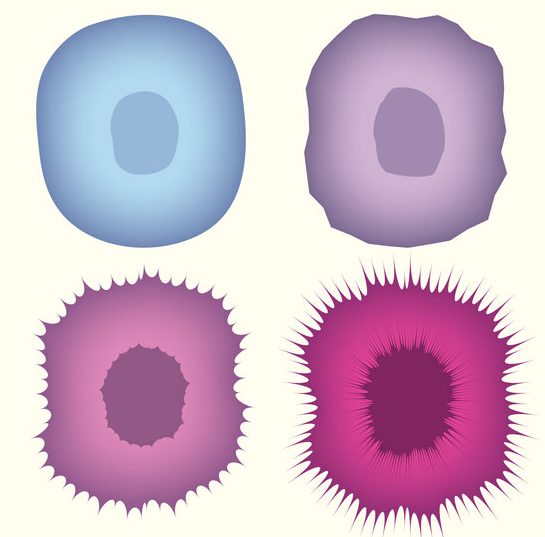By Lochlann Jain
Jain’s book is a rich text for interrogating and defying narrative binaries of cancer.

Jain begins by describing, from their perspective as a patient, the discomforts of receiving a diagnosis and prognosis. They argue that the act of creating a prognosis (along with other forms of data production) instrumentalizes the experiences of those who have cancer before them, and flattens the complexities of their lives, their choices, and their deaths into a single, easily digested statistic.
They then discuss the problem of counterfactuals, an especially upsetting issue for cancer patients. Within our reality we have things that happened and things that didn’t happen, but many cancer patients are haunted by things that they COULD have done to prevent their situation. Jain’s experience with misdiagnosis leaves them troubled by counterfactuals– perhaps nothing would have changed with the course of their illness, and it shouldn’t matter anyway, but they are haunted by the question of whether they should have pushed harder or spoken better to get their doctor to listen to them.
They also address the tensions inherent in diagnosis and remission. We think of the middle of a cancer treatment as the most unpredictable– you don’t know how you’ll respond or if your getting better– but as Jain points out, the initial and final stages of one’s cancer journey can be the most tenuous. First, pre-diagnosis, there’s a period where you are simultaneously in grave danger but perceive yourself as “well”. Similarly, remission is a stage where you are perceived as cured, but patients exist in a constant state of anxiety about cancer returning.
Finally, Jain themself identifies as gender nonbinary, and they describe the discomfort they felt with the hyper-visible and hyperfeminized world of breast cancer. They visit a “Look Better, Feel Better” event sponsored by makeup companies, where breast cancer patients are taught to apply makeup and reaffirm their femininity. Jain, who is not overly troubled (at least from the perspective of their gender identity) by the loss of their hair or by the idea of mastectomy finds themself feeling out of place.
In addition to these major themes, Jain also addresses issues of what is considered normal vs abnormal, the meanings embedded in cancer scars, and the hegemony of positive thinking.
Read more about gender and cancer
